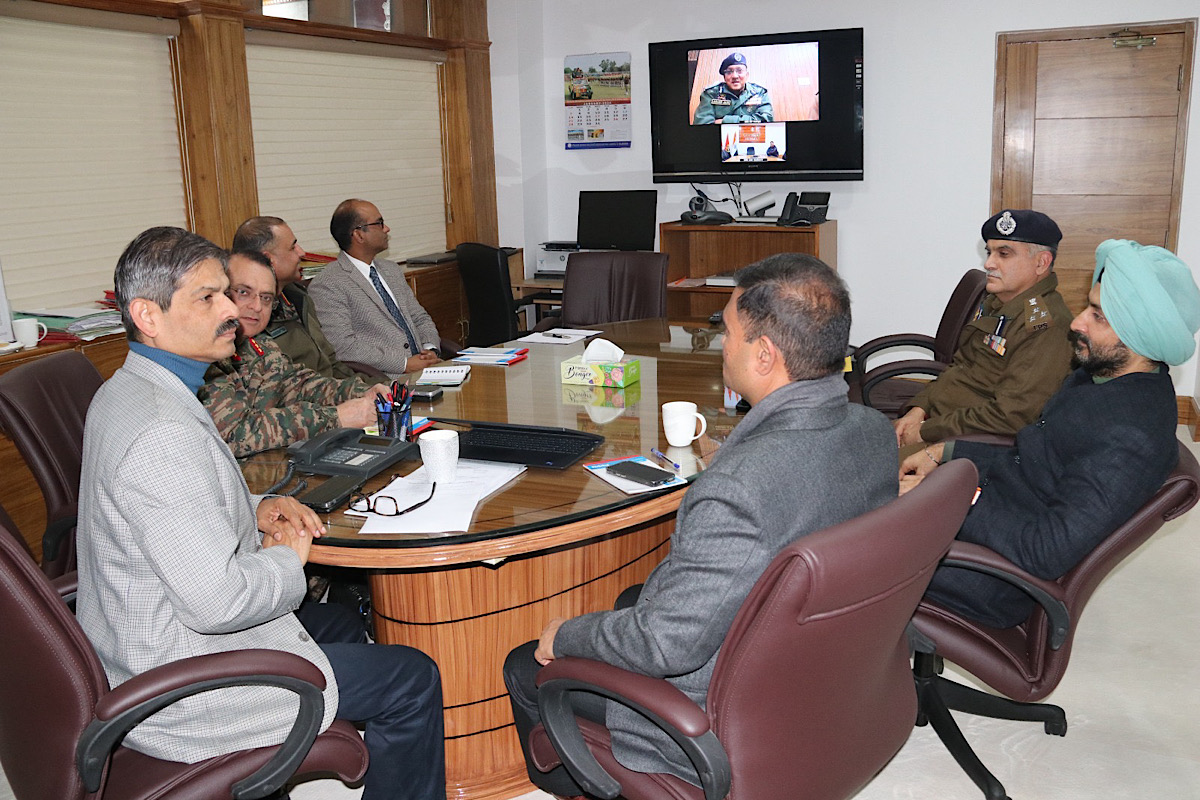Ahead of the Republic Day celebrations across Jammu and Kashmir, the Indian Army and J&K Police have initiated joint combat readiness to thwart any untoward incident.
J&K Director General of Police RR Swain and GOC 16 Corps Lt General Navin Sachdeva reviewed the security preparedness of Jammu region at a high-level meeting yesterday.
Advertisement
Keeping in view the increase in terror attacks at the Army personnel, it was decided to further strengthen the counter terrorism grid and modalities were formulated for heightened alert with the help of all resources including technological and aviation assets.
Senior officers of Police, Army, para-military forces and intelligence agencies attended the meeting.
During the meeting a quick review of the overall security scenario of Jammu region including the emerging challenges were analysed and responses were discussed.
Meanwhile, a high-level meeting to discuss road map for the effective implementation of new criminal laws viz Bharatiya Nyaya Sanhita (BNS), the Bharatiya Nagarik Suraksha Sanhita (BNSS), and the Bharatiya Sakshya (BS), passed by Parliament recently was held at Police Headquarters Jammu under the chairmanship of the Director General of Police J&K RR Swain.
In the context of the parliamentary intent behind the newly passed laws to bring about a paradigm shift in the philosophy and practice of criminal laws – from the ‘penal code’ to ‘justice code’, the meeting discussed what is new in these laws and the changes and capacity building required in their efficient enforcement.
The DGP directed for identifying the resources and tools required for effective implementation of these laws. He emphasised that the laws must be implemented in a way that ensures their effectiveness and achieve their intended objectives, directing to underline strategies including capacity building, training, technical tools so that investigation officers have the necessary skills and resources to effectively enforce the new laws and utilise modern technology in investigations.
These laws have provisions to tackle terrorism and organised crimes more effectively, and they incorporate advancements in modern and scientific technology to improve the quality of investigations besides timeline in trials.
Additionally, the laws have provisions for increased punishment in certain offenses. It has introduced new offenses, including offenses against the state, organised crime, offenses related to terrorism, mob lynching, non-reporting of rash and negligent acts, crimes of snatching, ATM theft, Ponzi schemes, and leaked question papers.











